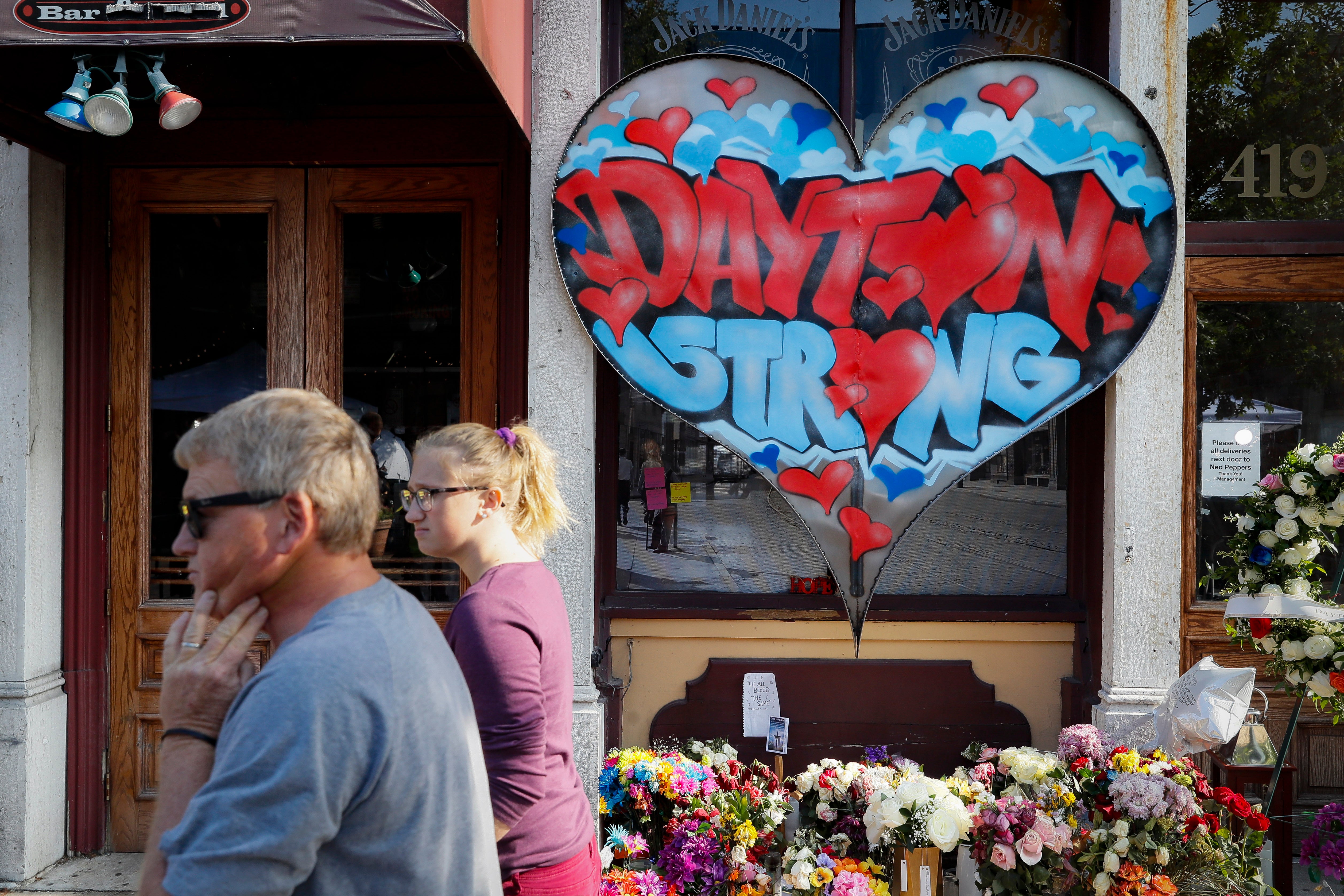FBI: Dayton mass shooter fantasized about killings for years
The FBI says Dayton mass shooter Connor Betts fantasized about mass shootings and murder-suicide for at least a decade before his 2019 attack that left nine dead

Your support helps us to tell the story
From reproductive rights to climate change to Big Tech, The Independent is on the ground when the story is developing. Whether it's investigating the financials of Elon Musk's pro-Trump PAC or producing our latest documentary, 'The A Word', which shines a light on the American women fighting for reproductive rights, we know how important it is to parse out the facts from the messaging.
At such a critical moment in US history, we need reporters on the ground. Your donation allows us to keep sending journalists to speak to both sides of the story.
The Independent is trusted by Americans across the entire political spectrum. And unlike many other quality news outlets, we choose not to lock Americans out of our reporting and analysis with paywalls. We believe quality journalism should be available to everyone, paid for by those who can afford it.
Your support makes all the difference.The man who gunned down nine people in Dayton Ohio, two years ago had fantasized about mass shootings, serial killings and murder-suicide for at least a decade before carrying out the Aug. 4, 2019 attack, the FBI said Monday as it announced the conclusion of its investigation.
Shooter Connor Betts didn't share specific details with friends or family members about his fantasies, underscoring the importance of people being attune to subtle changes in an individual, the agency said.
A phenomenon known as “bystander fatigue” may account why no one reported Betts to authorities before the shooting, according to a two-page FBI summary of its report.
That term is used “to describe the passivity, inaction, or inattention to concerning behaviors observed by individuals who have a close, interpersonal relationship to a person of concern due to their prolonged exposure to the person’s erratic or otherwise troubling behavior over time,” the FBI said.
Betts, 24, was killed by police half a minute after he opened fire in Dayton’s crowded Oregon District entertainment area. Armed with an AR-15 style rifle and an extended ammunition magazine, Betts killed nine people, including his sister, and wounded dozens more.
After the shooting, high school classmates said Betts was suspended years ago for compiling a “hit list” of fellow students he wanted to harm. Two of the classmates said Betts had also been suspended after he came to school with a list of female students he wanted to sexually assault.
Early on, police investigators said Betts had a “history of obsession with violent ideations with mass shootings and expressed a desire to commit a mass shooting.” The FBI said it uncovered evidence Betts “looked into violent ideologies.”
The FBI’s summary of its investigation did not address whether Betts intended to kill his sister, Megan or if her death was inadvertent.
A friend of Connor Betts told investigators he bought body armor, a 100-round magazine and a part for Betts’ gun. However, they concluded there was no indication he knew of Betts’ plans.
The friend, Ethan Kollie, pleaded guilty to unrelated federal firearms charges and was sentenced to 2 1/2 years in prison.
In August, family members of four victims sued the magazine maker, Kyung Chang Industry USA Inc., saying the device serves no purpose other than allowing for the killing of as many people as possible. The magazine allowed Betts to fire 41 rounds in 32 seconds.
___
Seewer reported from Toledo.